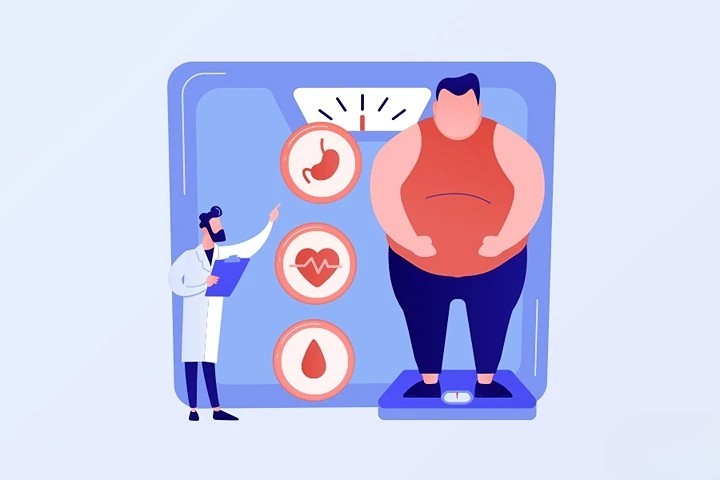Beyond BMI: Why Scale Weight Doesn’t Tell the Whole Story
The research team emphasized that Body Mass Index (BMI) proved inadequate for predicting heart age. Some participants with healthy weights had dangerous levels of visceral fat, while others with higher BMIs but better fat distribution showed healthier heart aging patterns.
Table of Contents
The Science Behind Fat Location and Heart Aging
What the Research Reveals
A comprehensive study published in the European Heart Journal analyzed data from over 21,000 participants in the UK Biobank. Using advanced AI imaging technology, researchers made several critical discoveries:
| Fat Type | Location | Effect on Heart Aging | Risk Level |
|---|---|---|---|
| Visceral Fat | Deep abdominal, around organs | Accelerates aging significantly | High |
| Apple Shape Fat | Abdominal/belly area | Predicts early aging (especially in men) | Medium-High |
| Pear Shape Fat | Hips and thighs | Protective against aging (especially in women) | Low |
| Subcutaneous Fat | Under skin throughout body | Minimal impact on heart aging | Low |
Understanding the Science Behind Fat and Aging
The Inflammation Connection
Blood tests revealed that visceral fat is linked to increased inflammation throughout the body. This chronic inflammation appears to be a key mechanism through which hidden fat accelerates heart aging. Inflamed tissues become stiffer and less functional, essentially aging faster than their chronological age would suggest.
The Hormonal Protection Factor
The study also found that higher estrogen levels in premenopausal women were associated with slower heart aging. This suggests that hormones may play a protective role against cardiovascular aging and explains why women typically develop heart disease later in life than men.
Practical Implications for Your Heart Health
Beyond the Scale: Why BMI Doesn’t Tell the Whole Story
The study confirmed that Body Mass Index (BMI) is an inadequate predictor of heart age. Many people with:
- Healthy BMIs had dangerous visceral fat levels
- Higher BMIs but better fat distribution showed healthier heart aging
- “Normal” weight but apple-shaped bodies had older hearts
How to Assess Your Risk
While medical imaging provides the most accurate assessment, you can get reasonable insights through:
- Waist circumference (measure at belly button level)
- Waist-to-hip ratio (divide waist by hip measurement)
- Body shape observation (apple vs pear comparison)
Concerning measurements:
Waist-to-hip ratio > 0.85 for women, > 0.90 for men
Women: Waist > 35 inches (89 cm)
Men: Waist > 40 inches (102 cm)
Actionable Steps to Reduce Visceral Fat
While the study didn’t provide specific lifestyle recommendations, previous research suggests these strategies can help reduce dangerous visceral fat:
- High-Intensity Interval Training (HIIT): More effective than steady-state cardio for reducing abdominal fat
- Strength Training: Builds muscle that helps metabolize fat more efficiently
- Reduced Sugar Intake: Particularly fructose, which promotes belly fat storage
- Stress Management: High cortisol levels drive visceral fat accumulation
- Quality Sleep: Poor sleep patterns disrupt hormones that regulate fat distribution



